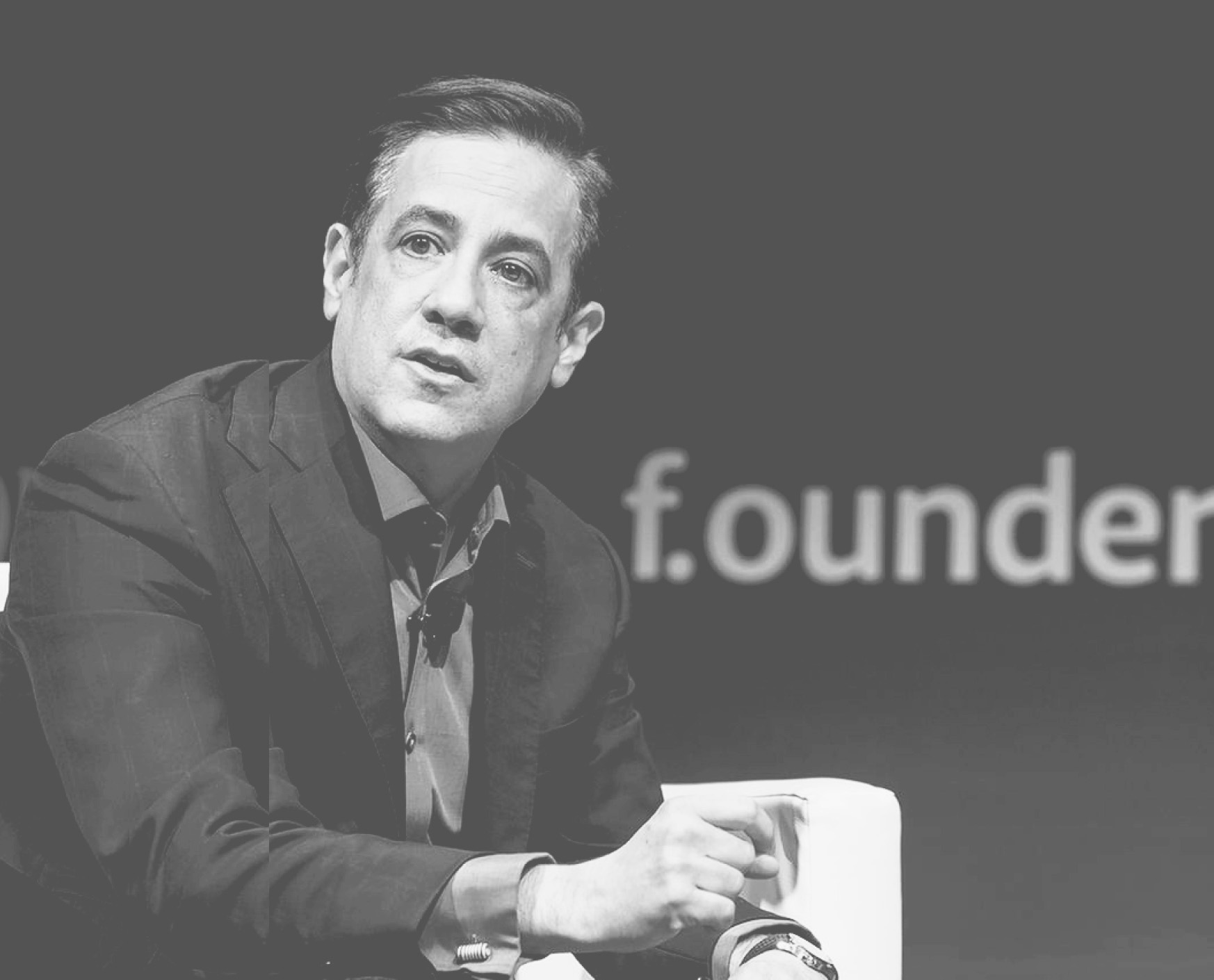For a long time, the newspaper business was really in the business of selling ads. And why not?
In the age of print, newspapers had a captive audience: they were the gatekeepers of almost all the useful, timely information people needed to understand their world.
The New York Times’ famous tagline, “All the news that’s fit to print,” might just as easily have been, “All the ads that we can sell.” One might have been forgiven for thinking that content was just an excuse to sell you a refrigerator.
Fast forward to the early days of the Internet, and many news companies tried to replicate the ad-driven revenue model online. But, as for so many businesses in the digital age, disruption showed no mercy. By the early 2010s, it was abundantly clear that running a digital newspaper based on ad revenue was financially unsustainable.
Which brings us back to content.
In the year 2020, with major political events, climate change, and a global pandemic all happening at once, it turned out that consumers not only cared about the news — they’re willing to pay for it.
Ok, to be fair, it didn’t take until 2020 for consumers to act on their interests, demonstrating willingness to pay for the highest quality content when and how they wanted to receive it. But this time of chaos certainly served to reinforce and accelerate the trend towards subscriptions — right as ad revenue has continued its precipitous decline.
Fortunately, revenue from subscribers is increasingly taking the place of that dropping ad revenue.
Norway-based media group Schibsted has been at the forefront of this subscriber revolution. After going aggressively digital during the early days of the Internet (1995!), they experienced the rise and fall of ad-based revenue models in the aughts. And they initiated their paywall content strategy in 2012.
Today Schibsted has more than 800,000 digital-only subscribers across their news businesses in Norway and Sweden. But even more important than volume is that their digital subscription revenue grew by 34% from 2017 to 2018, and then doubled between 2018 and 2020, growing from 500 million to 1 billion NOK per year.
Of course, newspapers have had subscribers for over a hundred years. What makes Schibsted’s model different from some of their traditional peers is that they use data generated by their digital subscriber base to inform decisions about content, products, pricing, and customer experience.
Through their digital subscription management platform, Schibsted continually gathers data on how readers interact with their content. For example, internal algorithms flag content that should be behind a paywall because interest is so high. Articles like these lead to many conversions.
Data generated by Schibsted’s subscription platform is exported to a data warehouse. The insights help journalists understand what kind of articles attract subscribers and which don’t. The data also reveals other nuances, like which articles are more popular in the evening vs the daytime vs the weekend.
Schibsted also uses data to experiment with, analyze, and develop their products to reach target groups and strengthen and complement their core media businesses. The company has found that the key to digital growth is to create a paid experience that is superior to the free experience. News should be relevant to every individual subscriber.
“Preserving the integrity of independent, investigative journalism in a digital world requires us to make a united and concerted effort across our different brands,” said Rolv Erik Ryssdal, former CEO of Schibsted Media Group.
“Preserving the integrity of independent, investigative journalism in a digital world requires us to make a united and concerted effort across our different brands.”
— Rolv Erik Ryssdal, former CEO of Schibsted Media Group
With ongoing cries of “fake news,” the advent of partisan media bubbles, and omnipresent clickbait, the value of trust in a news provider has become magnified.
Ironically, the news business has come full circle, becoming the gatekeeper once again. But this time, it is serving the interests of its subscribers instead of advertisers.

